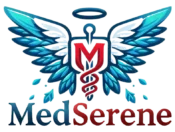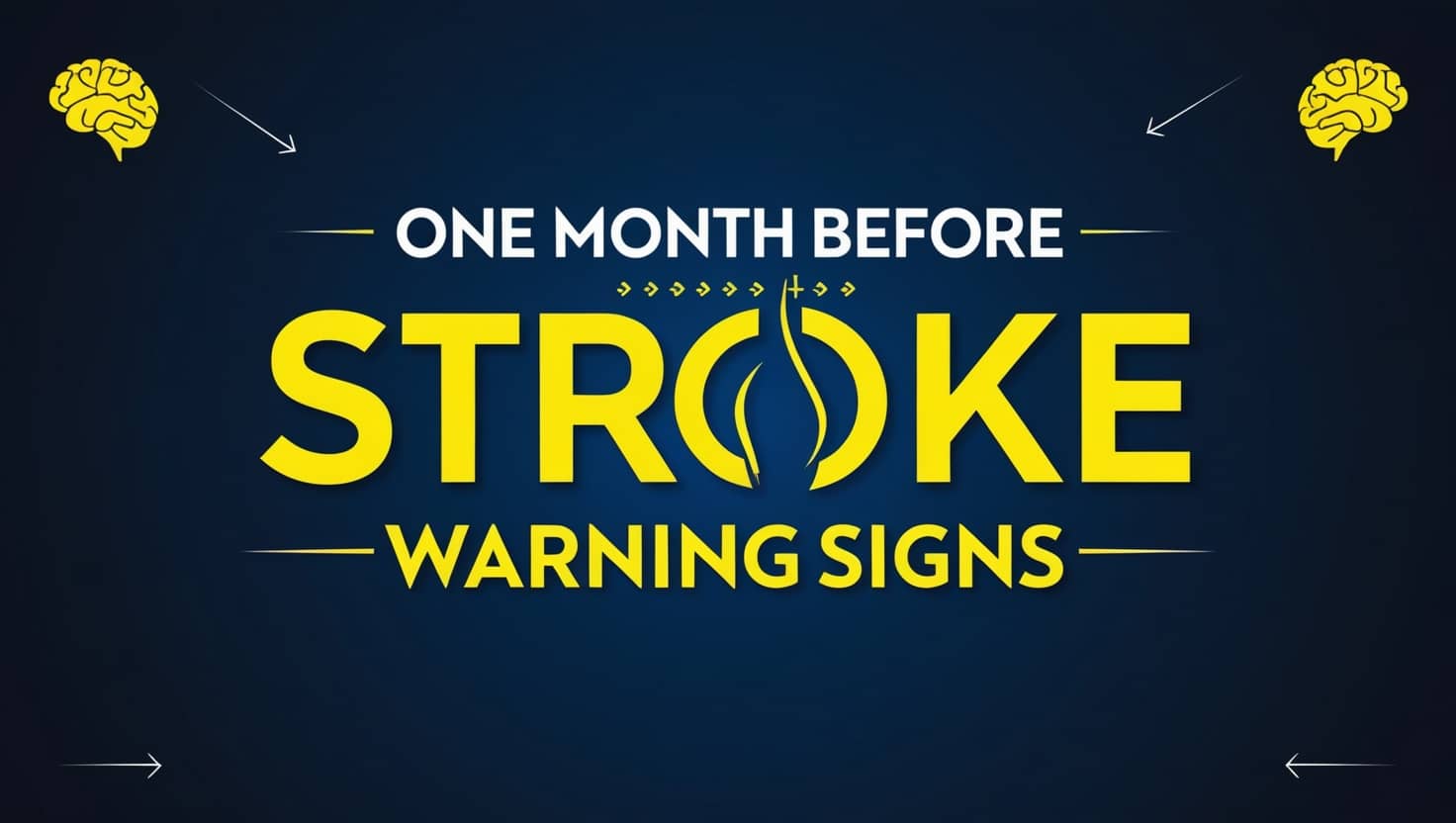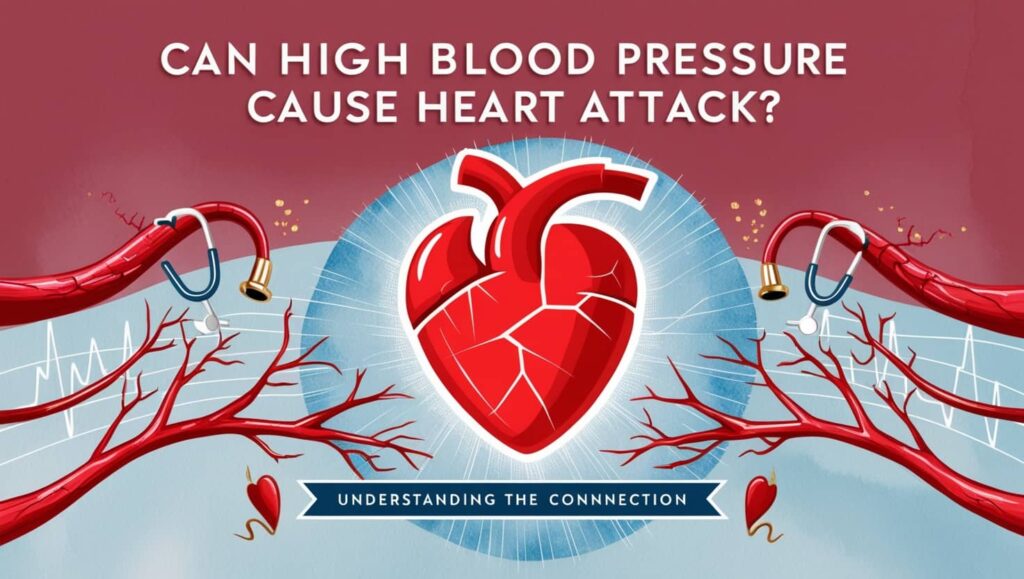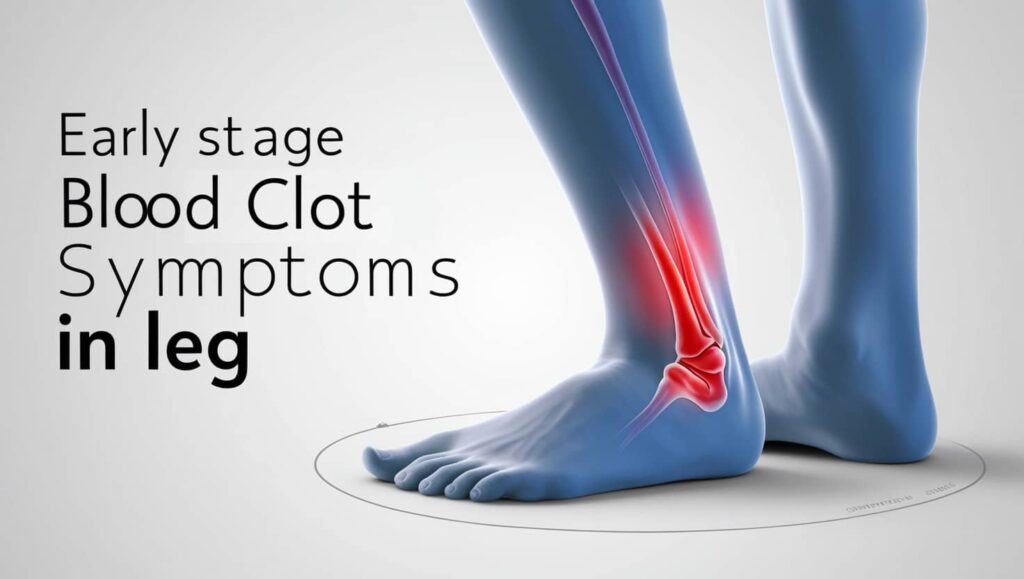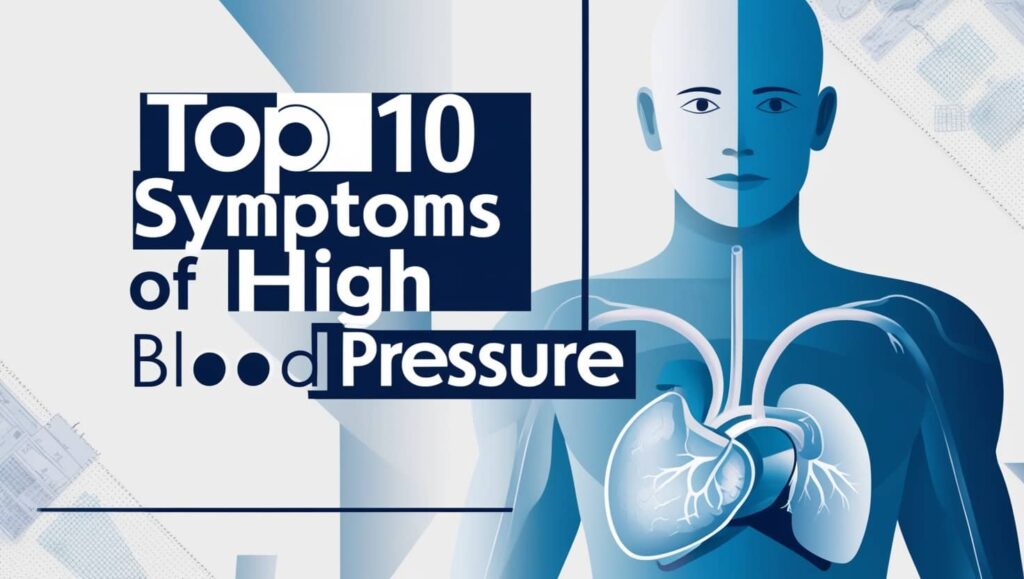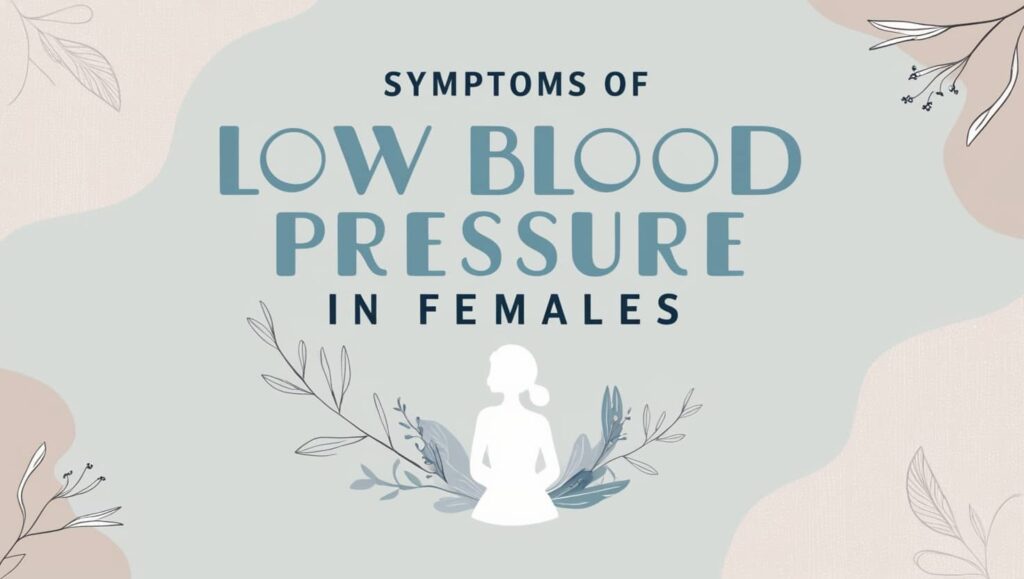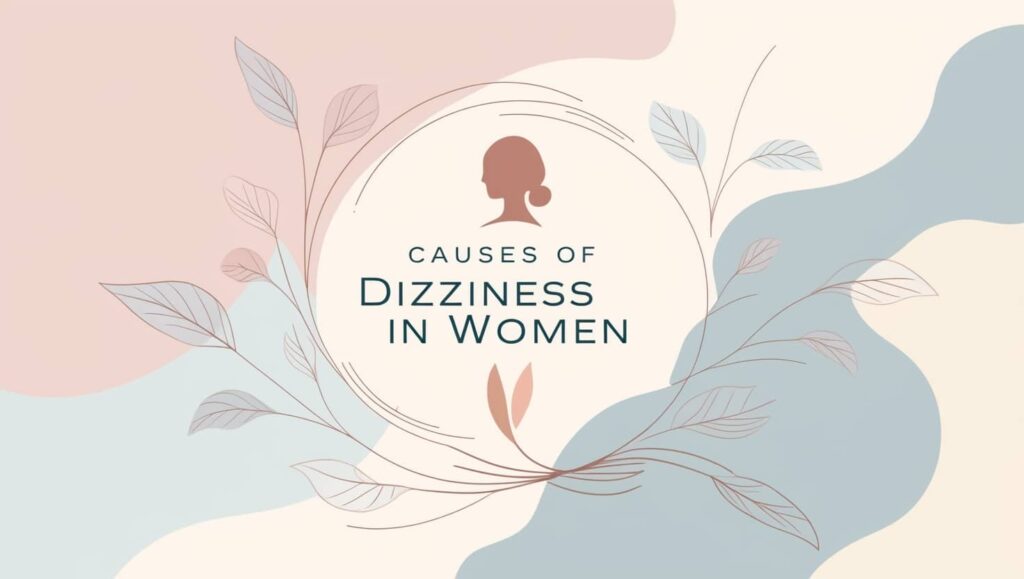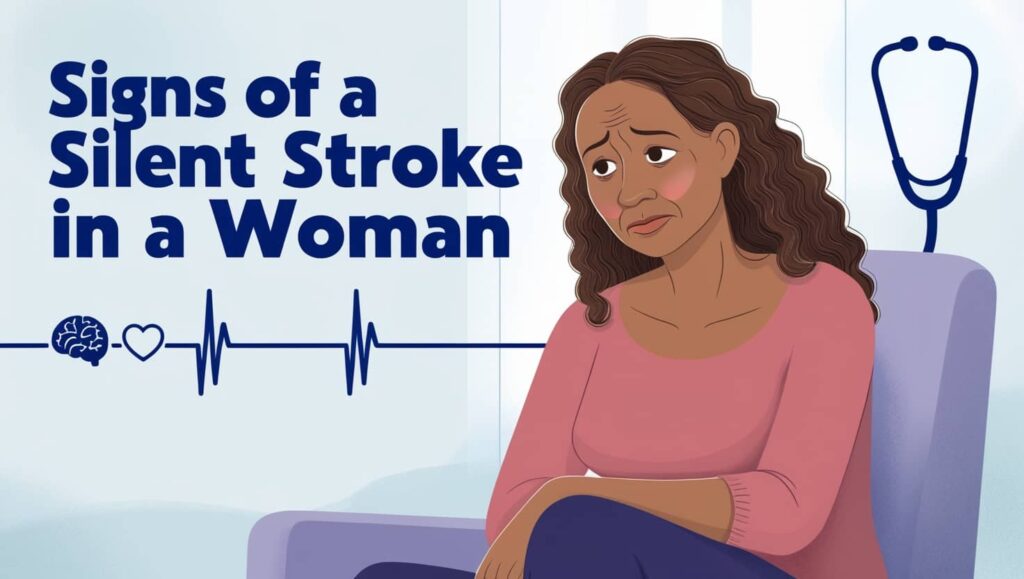A stroke is a disease when an area of the brain receives inadequate blood supply, which results in cell death. Hemorrhagic stroke is caused by bleeding, while ischemic stroke is caused by a lack of blood flow. Both lead to disorders in some areas of the brain. It is a key contributor to disability, the second leading cause of death globally, and is considered an emergency state, so prompt medical attention is necessary.
Etiology and risk factors that increase stroke probability
Strokes usually come from a blood clot obstructing a blood vessel in the brain. Usually, the heart or carotid arteries are where the clot forms. After that, it enters the brain and plugs a blood vessel there. An ischaemic stroke is a type of stroke brought on by a blocked blood vessel.
The second, less frequent cause is brain bleeding or haemorrhage. This happens, for example, when a blood vessel ruptures and blood seeps into the brain’s tissue.
In both situations, there is inadequate oxygen reaching one area of the brain. Additionally, bleeding puts more strain on the brain’s tissue, which may result in further harm. The likelihood of reducing brain damage increases with the timing of treatment initiation and oxygen supply restoration.
Risk factors include advanced age, hypertension, diabetes, hyperlipidemia, cigarette smoking, arrhythmia, and cardiac disease. Intracerebral hemorrhage and subarachnoid hemorrhage are the most common causes, affecting 5% of all strokes.
Subtle symptoms of an impending stroke:
- An unexpected sense of weakness
- Paralysis and numbness
- Problems with speech and language
- Difficulty with vision
- Lightheadedness and difficulty walking
- Some people suffer nausea, vomiting, and unconsciousness in addition to having excruciating headaches.
Typically, the condition only affects one side of the body, such as the right arm or leg, rendering movement impossible. Another common indication of a stroke is drooping on one side of the mouth.
Effects and complications of stroke
The majority of patients with strokes survive. However, they could result in the following disabilities:
- One side of the body is paralyzed.
- Spasms in the muscles
- Swallowing difficulties
- Problems with speech and language
- Problems concentrating and paying attention
- Problems with vision
- Neglect, or unawareness of the damaged side of the body
- Mental health issues such as feeling anxious or depressed
Early Intervention and Prevention Tips
- The goal of acute care is to minimize harm and preserve a person’s life. Whether the stroke was brought on by a hemorrhage or a blood clot will largely determine the course of treatment.
- The medical professionals will attempt to clear the vessel as soon as possible if it is a clot.
- Thrombolysis and thrombectomy are the two methods for accomplishing this. To dissolve the clot, thrombolysis involves delivering medication via drip. A thrombectomy is a treatment in which a catheter is used to remove a clot from blood vessels in the brain. The doctor will combine these two approaches whenever possible. However, they are only practical in the initial hours following the onset of symptoms. For this reason, receiving hospital treatment for a stroke as soon as possible is crucial.
- Brain haemorrhages must be stopped immediately, sometimes with surgery.
- The severity of the stroke, its implications, and the findings of other tests determine whether more treatment or surveillance is required.
Also Read: Signs of a Silent Stroke in a Woman
Take-home message
Stroke patients often experience sadness and depression, which can significantly impact their lives. Treatment and rehabilitation can help regain independence, but some develop depression. It’s important to recognize and address this issue, as it can hinder physical recovery and affect mental health. Stroke patients and their families should receive support to prevent or address depression, as it can hinder proper recovery.
References
- Institute for Quality and Efficiency in Health Care (IQWiG). (2022, October 25). Overview: Stroke. InformedHealth.org (Internet). Cologne, Germany. Retrieved from https://www.ncbi.nlm.nih.gov/books/NBK279214/
- Tadi, P., & Lui, F. (2023, August 17). Acute stroke. In StatPearls (Internet). Treasure Island, FL: StatPearls Publishing.

